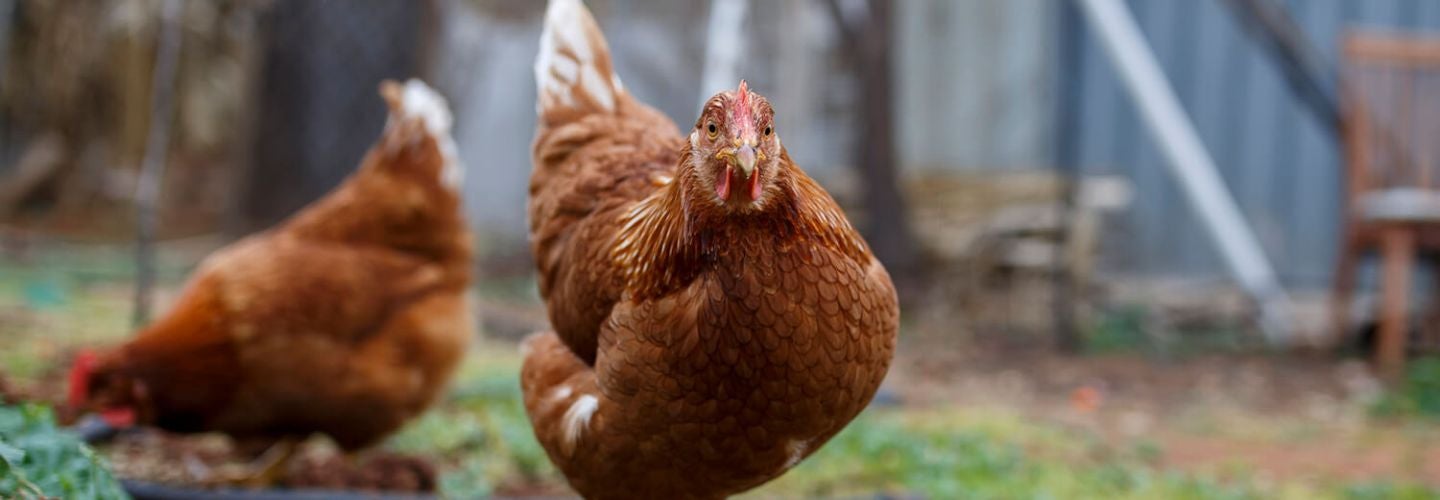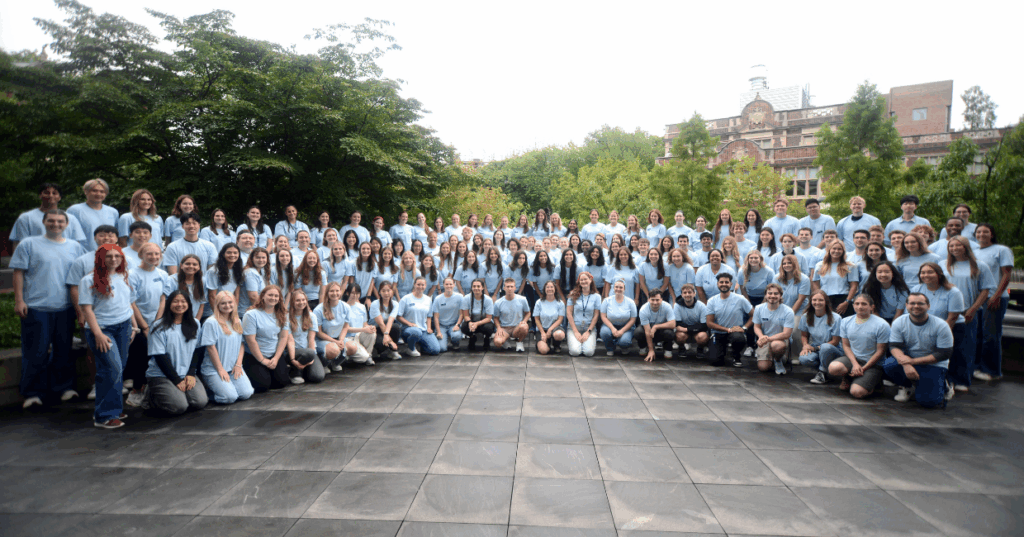University of Pennsylvania’s School of Veterinary Medicine Leading Collaborative Effort Against Highly Pathogenic Avian Influenza

Since 2022, highly pathogenic avian influenza (HPAI) has rapidly spread throughout the Americas and poses ongoing risks to wildlife, livestock, and human health. The current outbreak is notable for infecting a wide range of previously unaffected bird and mammal species, and for its persistence despite large-scale efforts to control it. Historically, HPAI has inflicted significant harm to Pennsylvania’s poultry industry and the 1983 outbreak resulted in the death of 17 million birds and significant financial losses. Recent developments, which include the first HPAI-related human death in the U.S. and the die-off of thousands of snow geese in eastern Pennsylvania, underscore the urgency to combat this infection.
The University of Pennsylvania School of Veterinary Medicine’s (Penn Vet) collaborative efforts to understand and respond to HPAI are critical to animal and public health in Pennsylvania and beyond. Penn Vet, along with strong partnerships with the Perelman School of Medicine and state and federal agencies, have deepened our understanding of the virus through diagnostics and surveillance, wildlife and ecosystem health studies, influenza risk assessment, and vaccine development. These efforts, ranging from monitoring wildlife populations, studies on the virus’s adaptability, and tracking its spread through domestic and wild animals, are crucial to mitigate current and future outbreaks.
Leadership for this work comes from investigators at the Pennsylvania Animal Diagnostic Laboratory System at New Bolton Center (PADLS-NBC), the Wildlife Futures Program, the Institute for Infectious and Zoonotic Diseases, and the Penn Center for Excellence in Influenza Research and Response (Penn-CEIRR). Many involve key stakeholders in the Commonwealth of Pennsylvania that include the Pennsylvania Game Commission, the Pennsylvania Department of Agriculture, the Pennsylvania Department of Health, and the U.S. Department of Agriculture.
Diagnostics and Surveillance
- Provisioning of rapid diagnostic services to test over 20,000 samples from domestic birds, wild birds, and wild mammals for HPAI and other diseases during the current outbreak.
- Monitoring HPAI exposure in domestic and wild animals, such as cats, dogs, cattle, and wild canids (red fox, gray fox, coyote), to provide insights into the cross-species spread of the virus.
- Supporting viral surveillance efforts with online tools to visualize transmission dynamics and to rapidly classify changes in circulating HPAI viruses.
Wildlife and Ecosystem Health
- Monitoring HPAI’s impact on Pennsylvania’s wildlife and ecosystems, including wild bird and mammal populations such as waterfowl, raptors, and foxes.
- Modeling HPAI changes and spread across regions and hosts has already highlighted that migratory wild birds are reservoirs for HPAI transmission and that backyard birds can serve as early warning indicators of outbreaks.
Influenza Risk Assessment
- Contributing expertise to global and national efforts for risk assessment and outbreak responses.
- Uncovering HPAI’s adaptability and potential threat to human health by studying the receptor binding properties of HPAI viruses isolated from human infections.
- Engaging in public outreach by providing expert commentary to the press, reaching 400 million individuals in the U.S. and Canada.
Vaccine Development
- Identifying antibodies that recognize both seasonal influenza and HPAI, which represents an important consideration for vaccine design and public health strategies.
- Developing advanced mRNA vaccines for HPAI.
As the virus and outbreak evolve, sustained support and strong collaborative partnerships will be essential to maintain these critical efforts. New initiatives, such as enhanced surveillance of clinically healthy domestic animals and wildlife, will also play a key role in combating HPAI.
Related News

White Coat Day
With friends and family cheering them on, nearly 130 third year students gathered at the University of Pennsylvania’s Annenberg Center on Saturday for one of the veterinary school’s most celebrated…


Breakthrough Discovery Reveals How Connection Between Mitochondrial Vulnerability and Neurovasculature Function Impacts Neuropsychiatric Disease
Research from University of Pennsylvania School of Veterinary Medicine and Children’s Hospital of Philadelphia suggests that repurposing a cholesterol drug may benefit 22qDS patients with neuropsychiatric disease
About Penn Vet
Ranked among the top ten veterinary schools worldwide, the University of Pennsylvania School of Veterinary Medicine (Penn Vet) is a global leader in veterinary education, research, and clinical care. Founded in 1884, Penn Vet is the first veterinary school developed in association with a medical school. The school is a proud member of the One Health initiative, linking human, animal, and environmental health.
Penn Vet serves a diverse population of animals at its two campuses, which include extensive diagnostic and research laboratories. Ryan Hospital in Philadelphia provides care for dogs, cats, and other domestic/companion animals, handling more than 34,600 patient visits a year. New Bolton Center, Penn Vet’s large-animal hospital on nearly 700 acres in rural Kennett Square, PA, cares for horses and livestock/farm animals. The hospital handles more than 6,200 patient visits a year, while our Field Services have gone out on more than 5,500 farm service calls, treating some 18,700 patients at local farms. In addition, New Bolton Center’s campus includes a swine center, working dairy, and poultry unit that provide valuable research for the agriculture industry.
